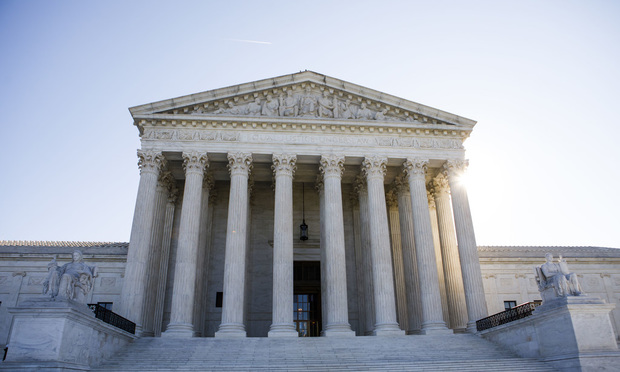The challenge for plan sponsors is to distinguish between which fees add value and which fees can be cut. We certainly don’t want to reduce fees in such a manner that would reduce the effectiveness of a retirement savings plan.
For example, one way to reduce fees is to reduce mutual fund expense ratios by offering only index funds (whose expense ratios are typically, but not always, a tenth of that of actively managed funds). Sounds like a no-brainer, right? Well, in the first decade of this century (the so-called “lost decade”), index funds were flat – gaining or losing a little depending on which index you chose. On the other hand, the average actively managed fund, according to Lipper, grew substantially, in some cases by more than 50 percent.
So, a low fee won’t help if the value isn’t there. (It’s interesting to note that, in a press conference earlier this year, the DOL went out of its way to point out low fees do not mean lower expense ratios.)
In a 2010 report, the ICI identified five ways 401(k) plan sponsors can help lower per-participant fees. Let’s review those in terms of the impact of fee disclosure.
Focus on the competition among all investment products, including mutual funds, to offer 401(k) participants service and performance. Some products that appeared attractive might no longer seem so.
The decision by plan sponsors to pay out-of-pocket for at least some portion of the costs of 401(k) plans. This alternative allows plan sponsors to consider other options without bundled fees, and these might, in the end, cost less.
Larger 401(k) plans have economies-of-scale advantages. This permits them to purchase lower cost share classes. But not all lower cost share classes are the same. Sometimes different share classes merely have different fee make-ups, not lower fees in general.
401(k) plan sponsors must dedicate themselves to proactively make cost-conscious and performance conscious decisions. This means, as the DOL desires, not just looking for the lowest fee, but looking for the most value-added fee. It could very well be the highest cost provider offers the best service, and that’s who the plan sponsor should pick.
Outsource, outsource, outsource. Why pay the overhead associated with a permanent employee when 401k plan sponsors have the ability to delegate at least a portion of their fiduciary liability to professional investment advisers. Ah, but here the trick is to determine what service providers qualify as such. The Uniform Prudent Investor Act has much to say on this, and what is says, in essence, is that a professional investment adviser must be a fiduciary.
As always, there are caveat emptors whenever dealing with buying any product or service. Its best if 401(k) plan sponsors live by this simple creed: When it comes to fee, sometimes you get what you pay for.
If you’re looking to reduce fiduciary liability, that’s not always a good thing.
© 2025 ALM Global, LLC, All Rights Reserved. Request academic re-use from www.copyright.com. All other uses, submit a request to [email protected]. For more information visit Asset & Logo Licensing.







